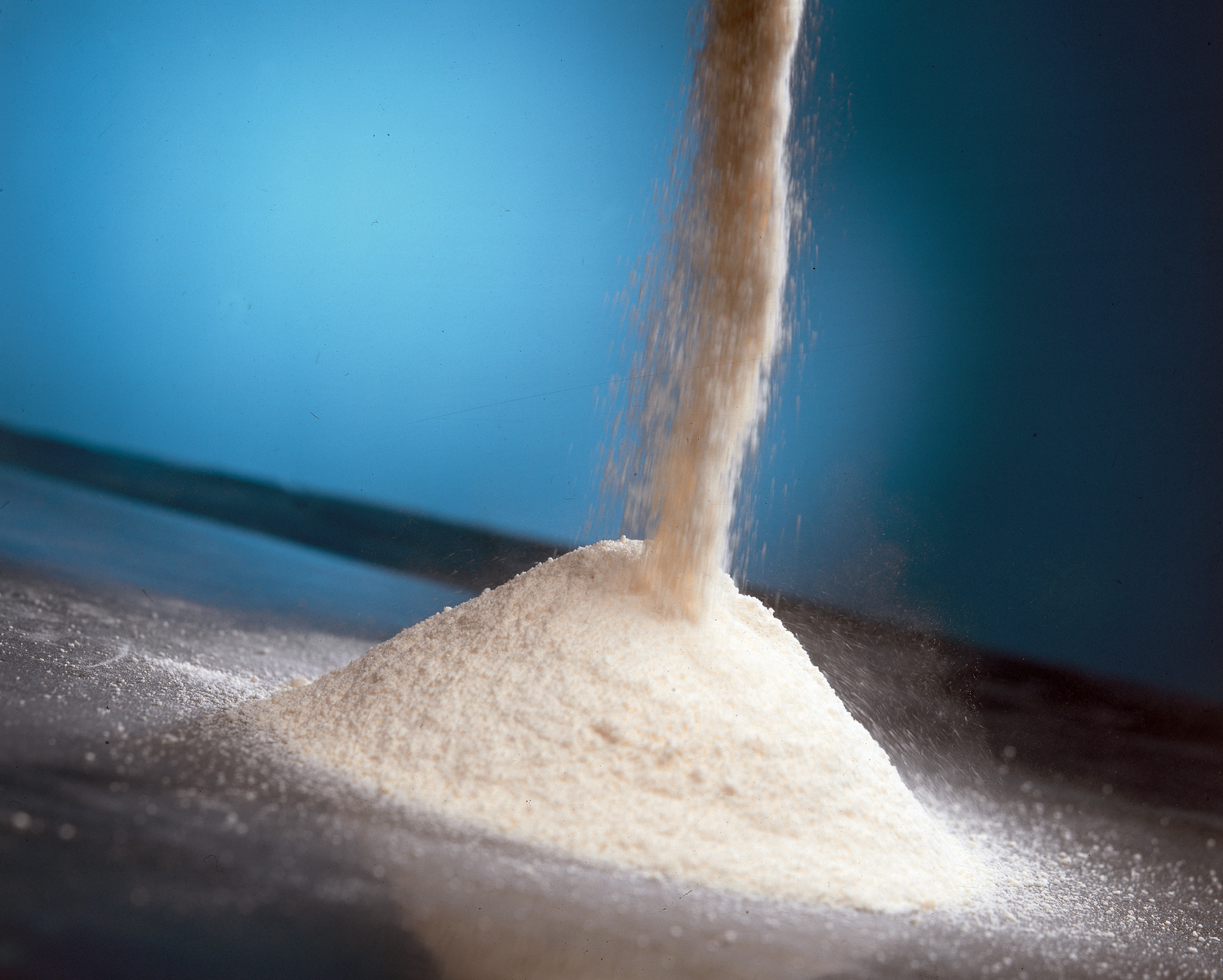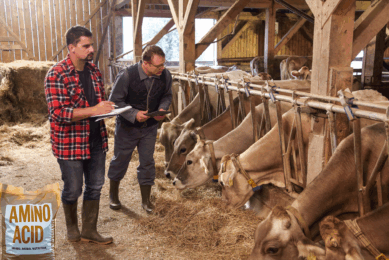Digestibility of amino acids put to the test

The concentration of lysine is the best single predictor to estimate the digestibility of amino acids.
This is according to researchers at the China Agricultural University in Beijing, who carried a study on the determination and prediction of energy content and amino acid digestibility of peanut meals fed to growing pigs.
Two experiments were conducted to determine the content of digestible energy (DE) and metabolisable energy (ME) as well as the apparent ileal digestibility (AID) and standardised ileal digestibility (SID) of amino acids in peanut meal (PNM) for growing pigs.
In Experiment 1, 78 growing pigs(46.8 ± 2.6 kg) were randomly allotted to 1 of 13 diets, including a corn-soya bean meal basal diet and 12 PNM test diets. In Experiment 2, 12 growing barrows (48.7 ± 2.8 kg) were allotted to one of two 6 × 6 Latin squares. The treatments include a N-free diet and 10 PNM test diets. The results of Experiment 1 showed that the DE and ME differed (p < 0.05) among the 12 pnm samples. on a dry matter basis, the de and me content ranged from 14.5 to 16.4 mj kg (mean 15.6 mj kg) and from 12.7 to 15.5 mj kg (mean 13.9 mj kg), respectively.>
The apparent total tract digestibility (ATTD) of gross energy (GE) was 82.2%. The DE of PNM could be precisely predicted by equations including NDF combined with GE or crude protein (CP) with an R(2) value of 0.91 and 0.92, respectively. For the AID and SID for lysine, the results of Experiment 2 indicated variations among PNM sources ranging from 59.6% to 76.7% and 64.8% to 80.9%, respectively. However, for CP, variations for AID and SID were lower and ranged from 70.2% to 81.9% and 75.7% to 85.6%, respectively.
The results indicate that the concentration of lysine was the best single predictor to estimate the digestibility of amino acids. However, further work is needed to investigate the reason for the variation in the digestibility of lysine and avoid processing procedures that are detrimental to lysine digestibility.
This study has been published in the June edition of Archives of Animal Nutrition.











